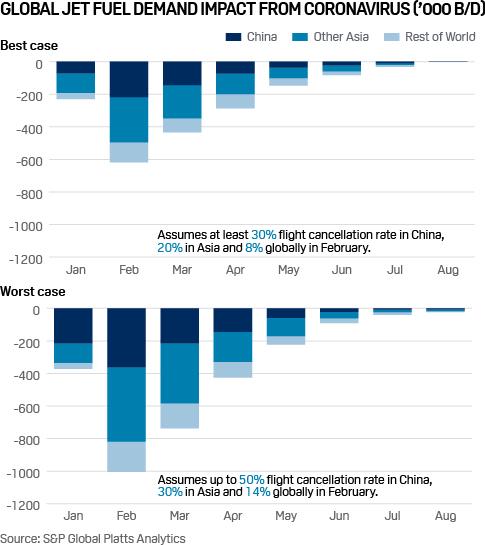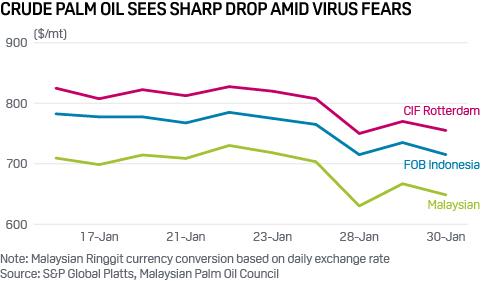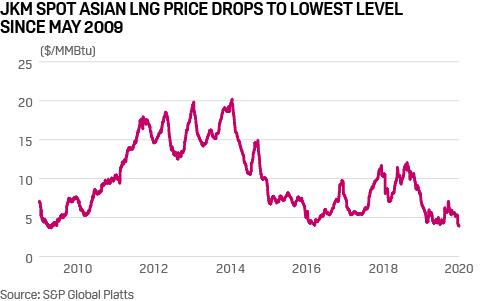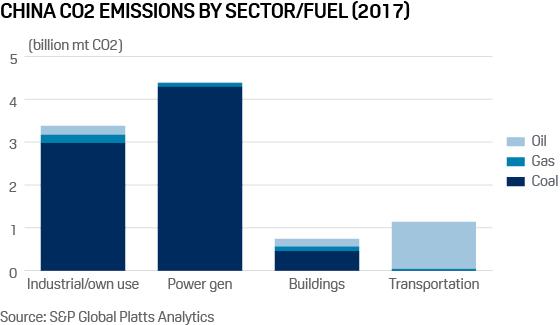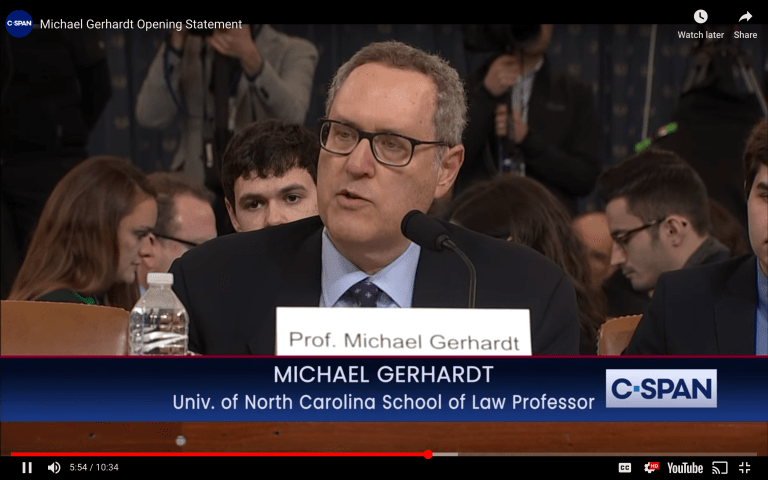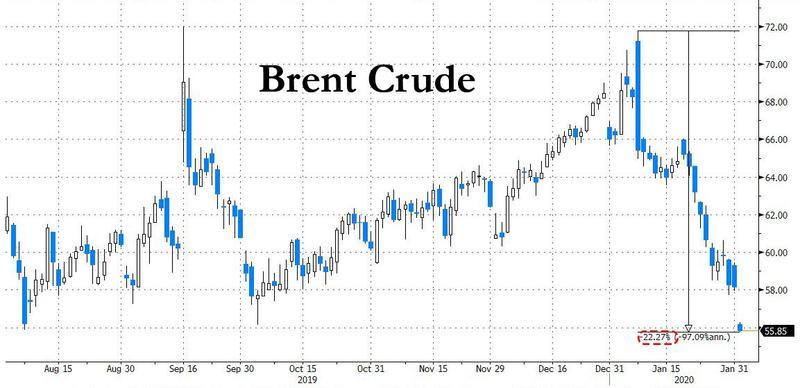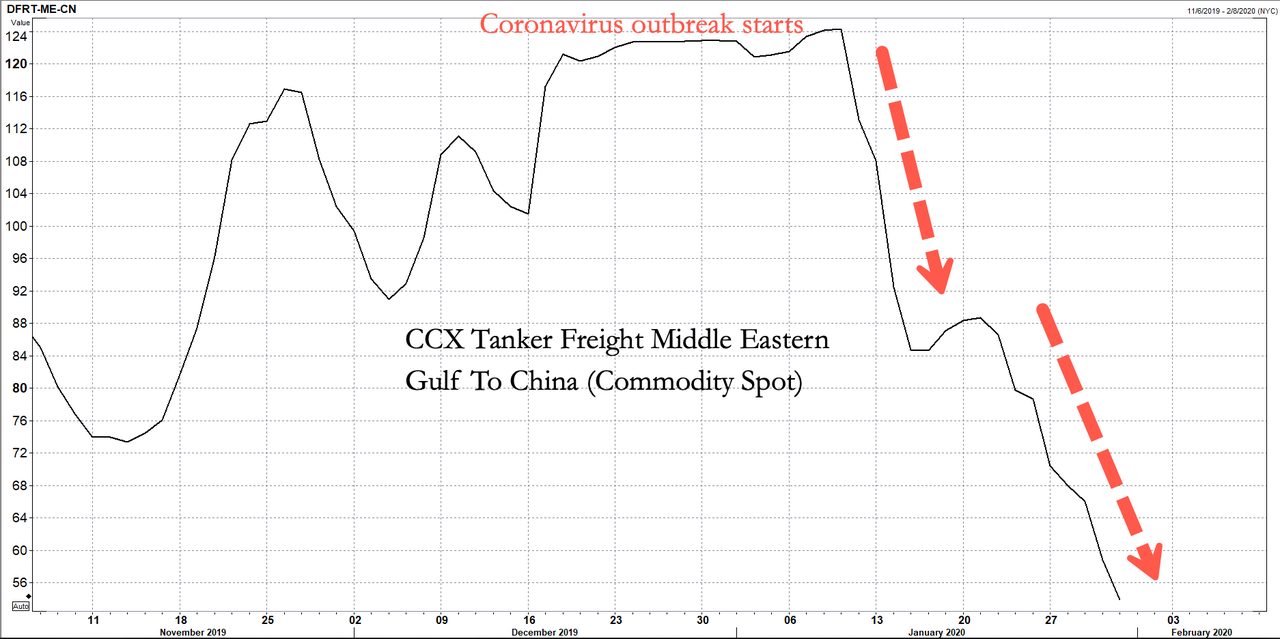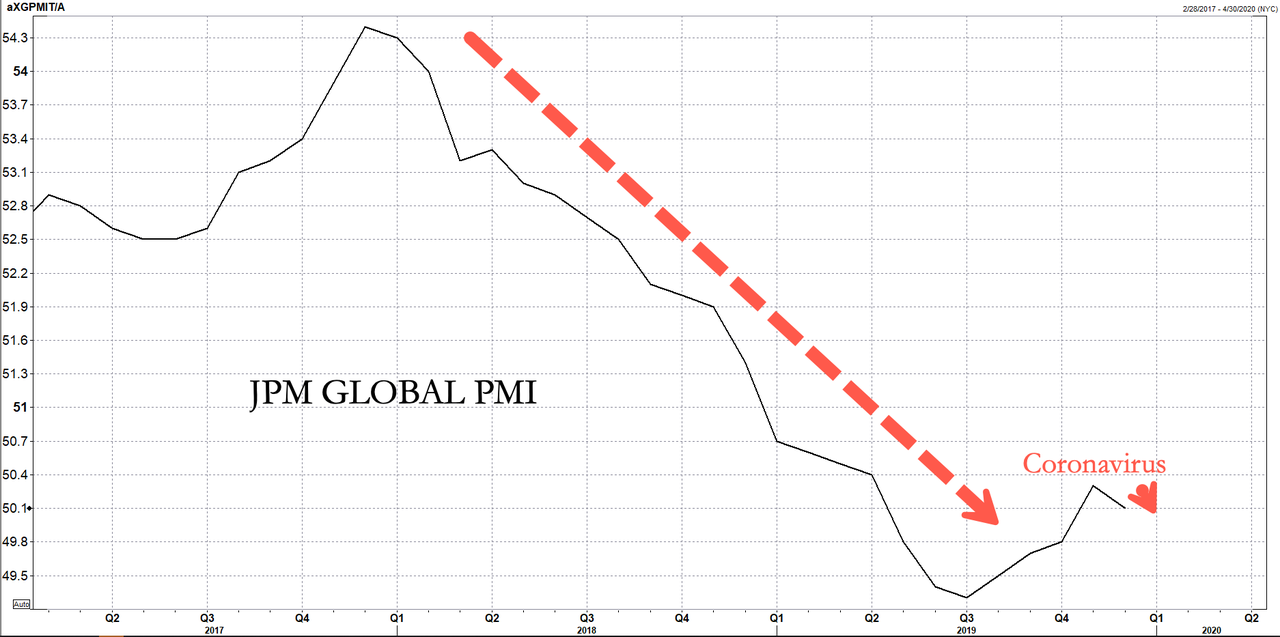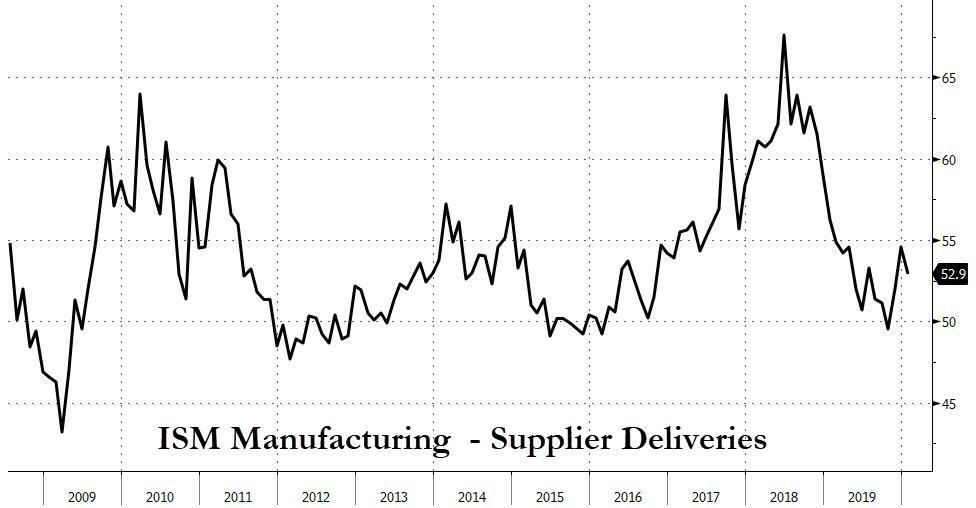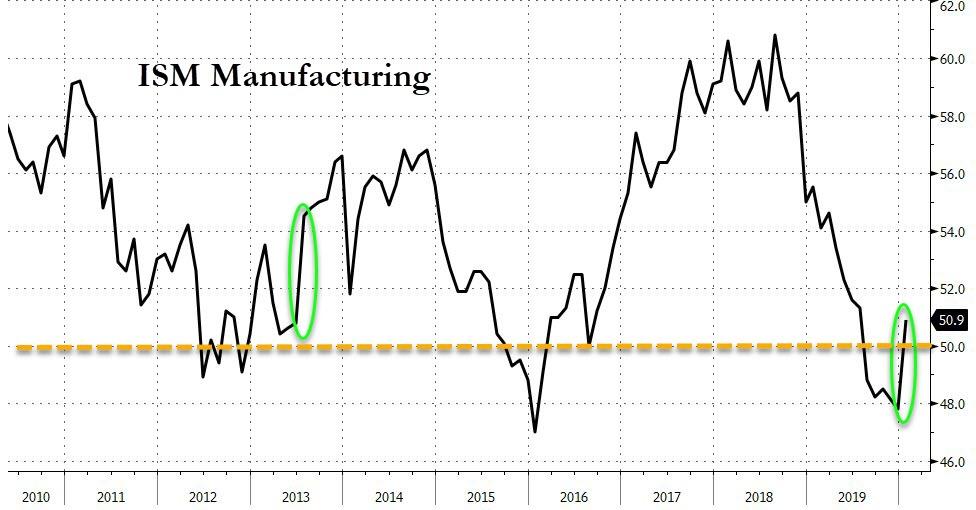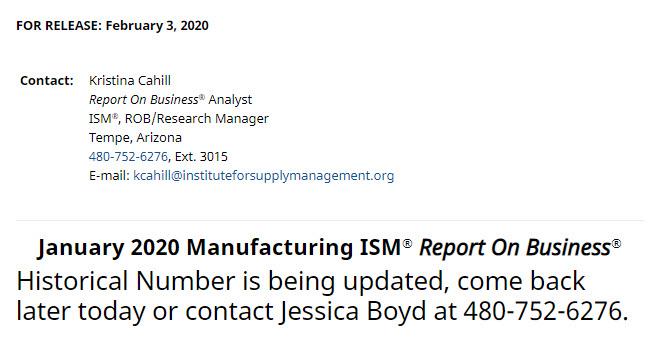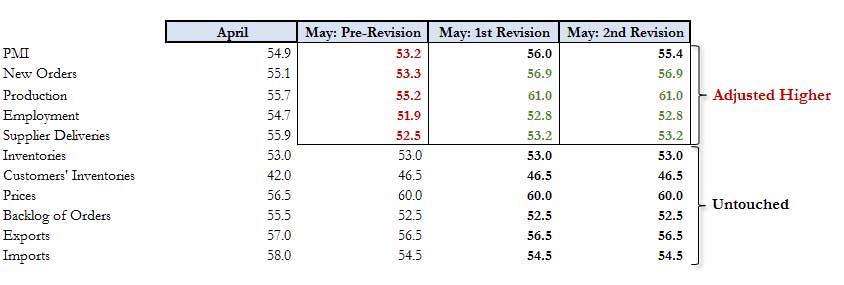A recent Harvard study found that people in Western countries, including America, have succumbed to many restrictionist myths. The right-wing campaign against immigration has worked.
But that doesn’t mean that immigration advocates should despair. The study’s findings suggest that to the extent that they can make the case that immigrants don’t need handouts to succeed, they have a shot at turning public opinion around.
The study, conducted by economists Alberto Alesina, Armando Miano, and Stefanie Stantcheva, administered online questionnaires to 24,000 respondents in six countries: U.S., U.K., France, Germany, Italy, and Sweden. The explicit aim was to study attitudes toward legal, not illegal, immigration. That is something that everyone, except for the most hardline restrictionists, allegedly favors, especially in America.
But on literally every count—the levels of immigration, the composition and basic characteristics of immigrants—negative stereotypes abound.
About 3 percent of the world’s population lived outside its birth country in 1900. And 3 percent does so now. By any objective metric, the modern age has experienced no historic flood of immigration. But restrictionists have been beating the drum of “mass immigration” so long that people have come to believe it as true. In every country, the study found, people vastly overestimate the number of immigrants present.
The Americans in the study, for example, thought on average that 36 percent of the people in their country are immigrants. The actual figure is 10 percent for legal immigration. So the misperception is a whopping 22 percent above the total combined share of immigration—legal and illegal, the latter being about 4 percent of the population. Every group—educated, uneducated; rich, poor; liberal, conservative—has fallen for this myth.
What’s more, people also seem to have a warped idea of where immigrants come from and who they are. Americans in particular tend to overestimate the share of North African and Middle Eastern immigrants, particularly Muslim ones. Muslims are 10 percent of all immigrants (or less than 2 percent of the total U.S. population), but the study’s respondents commonly believed they were 23 percent. At the same time, the respondents underestimated the share of immigrants who are Christian, systematically exaggerating the cultural distance between themselves and immigrants.
The misperceptions extend beyond the immigrants’ cultural characteristics to their economic characteristics.
The study found that natives in all countries think they’re better qualified and better employed than immigrants, which is somewhat paradoxical given that one reason for the West’s nationalist revolt is supposedly that immigrants are outcompeting natives. American respondents especially tended to underestimate the share of highly educated immigrants, which is strange given that foreigners and their children have helped start 60 percent of the most highly valued tech companies in the U.S. and that 57 percent of the IT workforce in Silicon Valley is foreign-born. Relatedly, respondents tended to exaggerate both the share of immigrants who are unemployed and natives who are employed. Although both left-wing and right-wing respondents have a rosier view of natives’ qualifications, right-wing ones have “significantly more negative misperceptions of immigrants,” the authors note.
Where restrictionists have succeeded most spectacularly is in depicting immigrants as welfare queens.
The Harvard researchers presented respondents with a scenario in which two individuals, one with a foreign-sounding name like Mohammad or José and another with a standard native name like Jack, are identical in every respect—age, qualifications, jobs, and family size—except that Jack is a native and Mohammad or José is an immigrant who legally moved to America five years ago. The respondents were asked whether they believed Mohammad or the person with the immigrant-sounding name would pay more, the same, or less in taxes than Jack and whether he would receive more, the same, or less in government help. In America, over 25 percent of respondents said the person with the immigrant-sounding name would pay less in taxes than he collected in welfare, compared to Jack—even though immigrants are barred from collecting most means-tested federal benefits for five years. This reveals that about a quarter of the American public is outright biased against foreigners just because they are foreigners and not because they are illegal or poor or for any other objective reason.
To see if a financial incentive would have any effect in inducing the respondents to seek the right answer, the researchers told a subset of them that the first few who guessed closest to the correct response would get $10, $20, or $30. That didn’t make any difference. More depressingly, while 49 percent of the respondents were willing to pay 50 cents to get the correct information, the ones who held the most unflattering views were the least likely to volunteer to pay anything, revealing how dogmatically people want to hang on to their misconceptions.
The study’s findings pose a particular dilemma for Democrats like Sen. Elizabeth Warren (D–Mass.), who wants to combine grandiose welfare schemes like free health care, pre-K, and college for everyone with generous immigration policies, because the mere mention of immigration reduces support for such schemes. Respondents who were asked about immigration became less concerned about inequality and less supportive of soak-the-rich schemes. In fact, they became more inclined to tax the bottom 50 percent more. They even expressed less willingness to contribute to private charity.
These results confirm what other studies have also found: that support for tax-and-spend redistribution is much lower in countries with more diverse populations. That suggests that Democrats might have to choose between their commitments to immigration and the welfare state.
So what’s the good news? It’s that despite decades of anti-immigration messaging, there are some restrictionist lines that the public is not falling for, especially in America.
Americans, the study found, believe strongly that immigrants should be considered “truly American” as soon as they become citizens and that they should be able to get citizenship quickly. Moreover, once immigrants do become citizens, most Americans believe the government should care for them equally. This means that restrictionists who want to scrap birthright citizenship or force immigrants to wait longer are out of step with mainstream American sentiment. By contrast, European respondents were much less inclined both to let immigrants become citizens quickly or consider them truly part of the country when they obtained citizenship. “Overall, the U.S. is most supportive of immigration,” the study notes.
Most encouragingly, in every country the respondents attributed the economic success of immigrants to immigrants themselves and not any social advantage. Conversely, they were less inclined to attribute the success of natives to natives themselves, meaning people don’t always believe the worst of immigrants and the best of natives. They especially softened after hearing a story about an immigrant who held two jobs to support a family while also going to school.
The best news is that once respondents were told about the correct share of the immigrant population, they were less inclined to think of the current level of immigration as a problem. That means that if immigration advocates can cut through the cloud of restrictionist misinformation and correct the record on immigration levels, it may be possible to get public buy-in for more generous immigration policies—although no doubt they will have to buttress the stats with real-life examples of immigrants getting ahead. The notion that natives, even working-class ones, resent the success of immigrants is overblown. In fact, as long as immigrants are seen as succeeding through their own grit, natives may have no real objection to them.
What is most likely to sour the public on immigration are the grandiose universal freebies that Sen. Warren and other contenders for the Democratic presidential nomination want to shower on everyone. Immigrants should be wary of Democrats bearing gifts.
This column originally appeared in The Week

from Latest – Reason.com https://ift.tt/395loMo
via IFTTT

